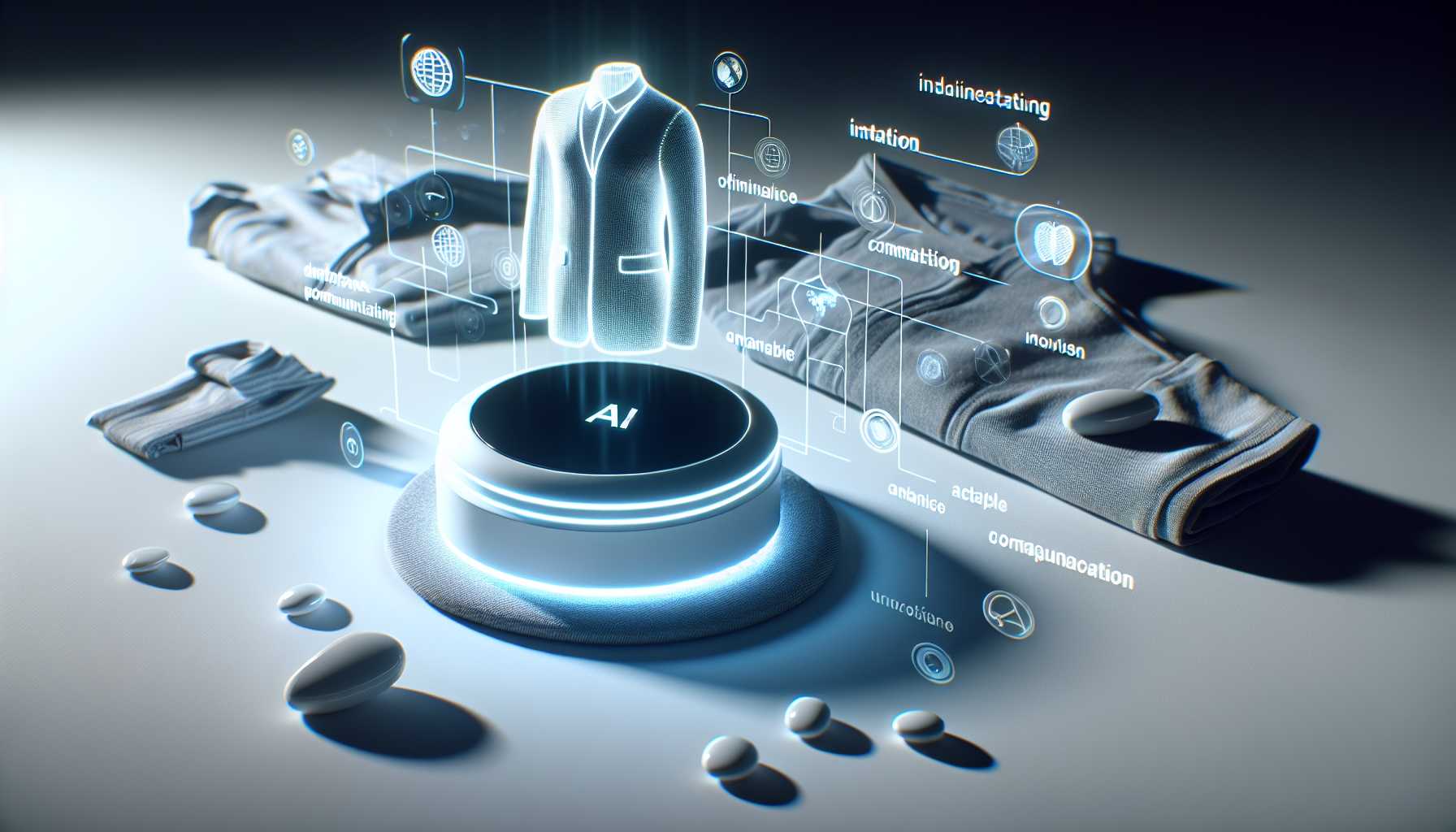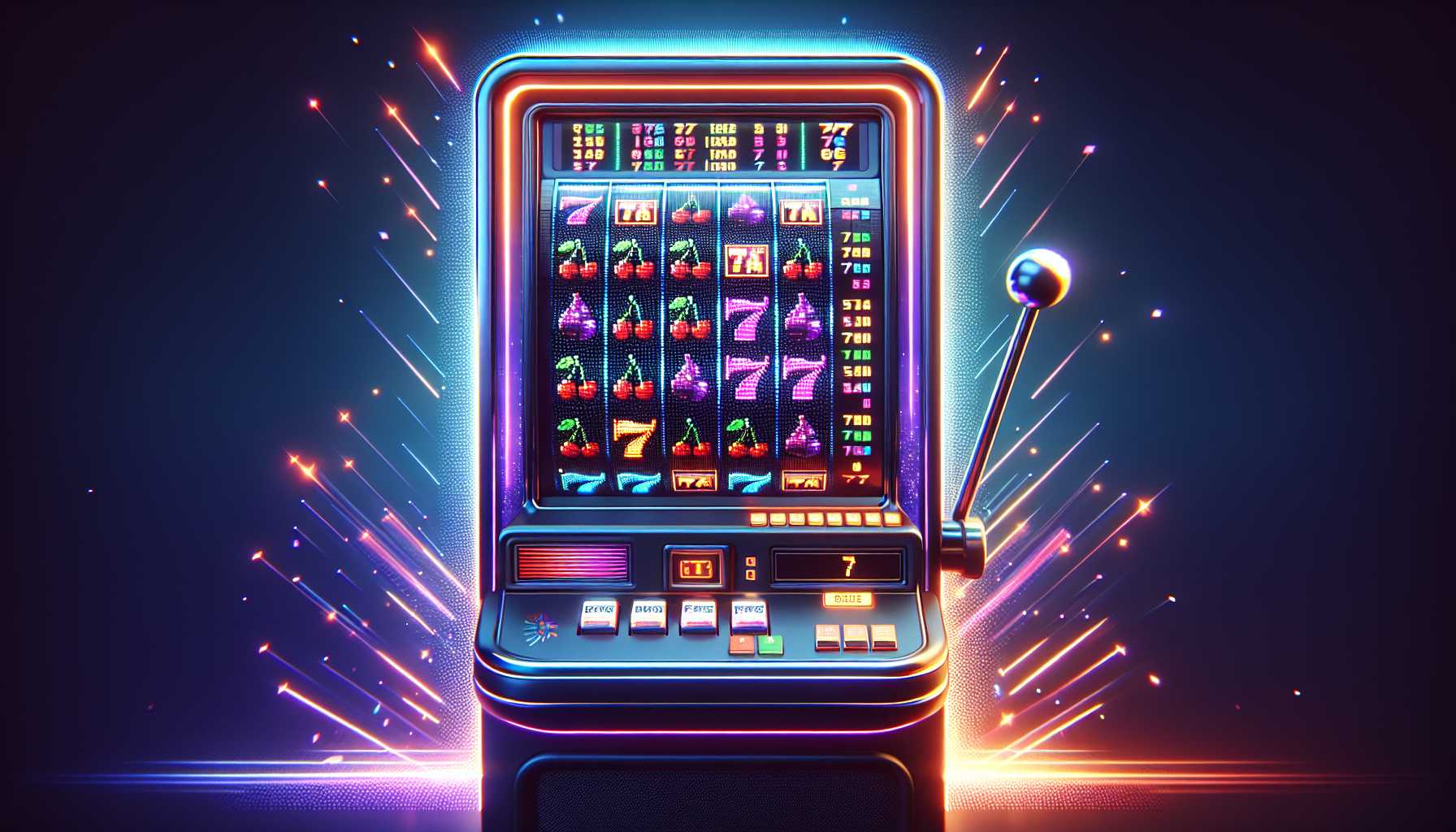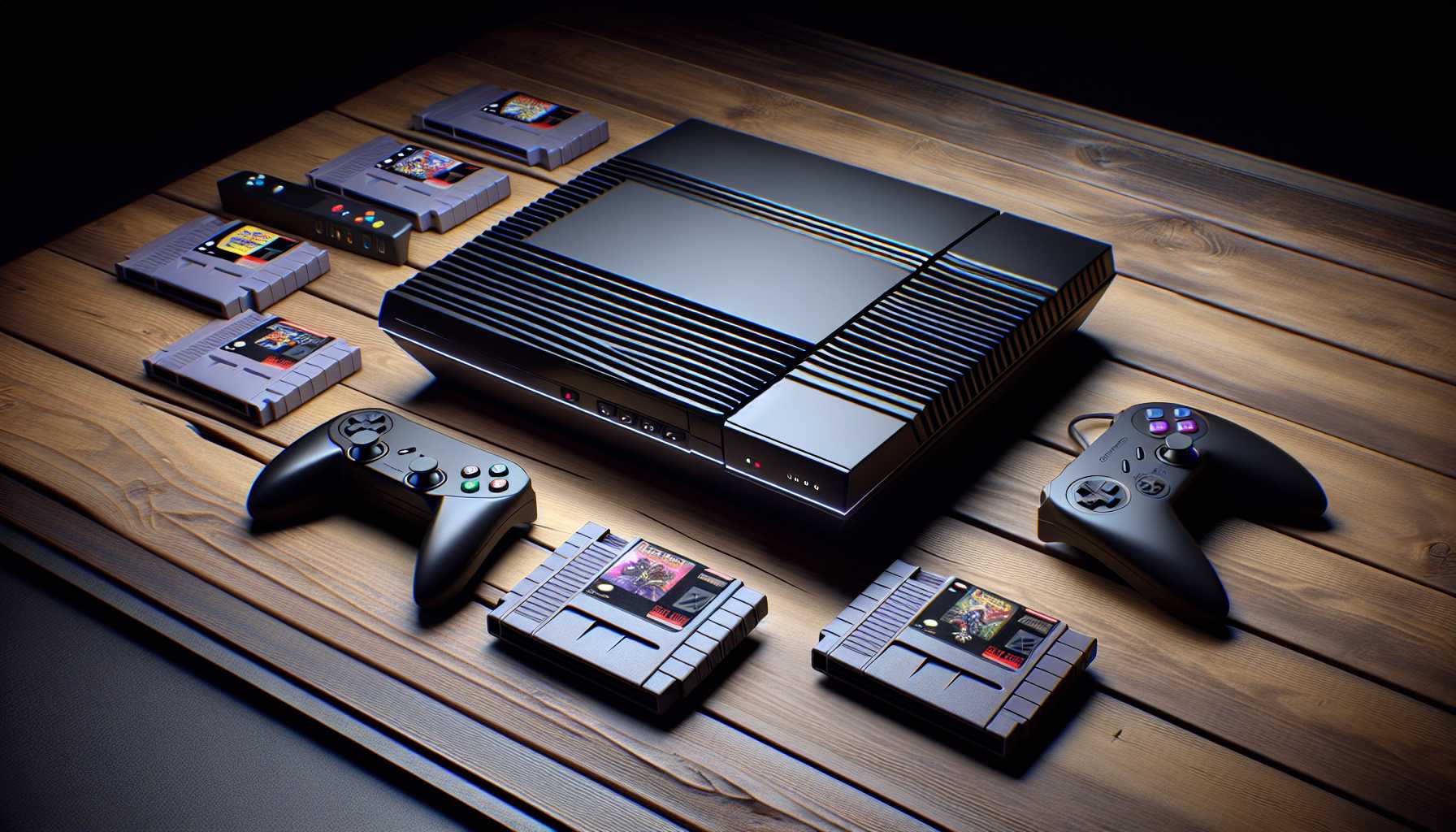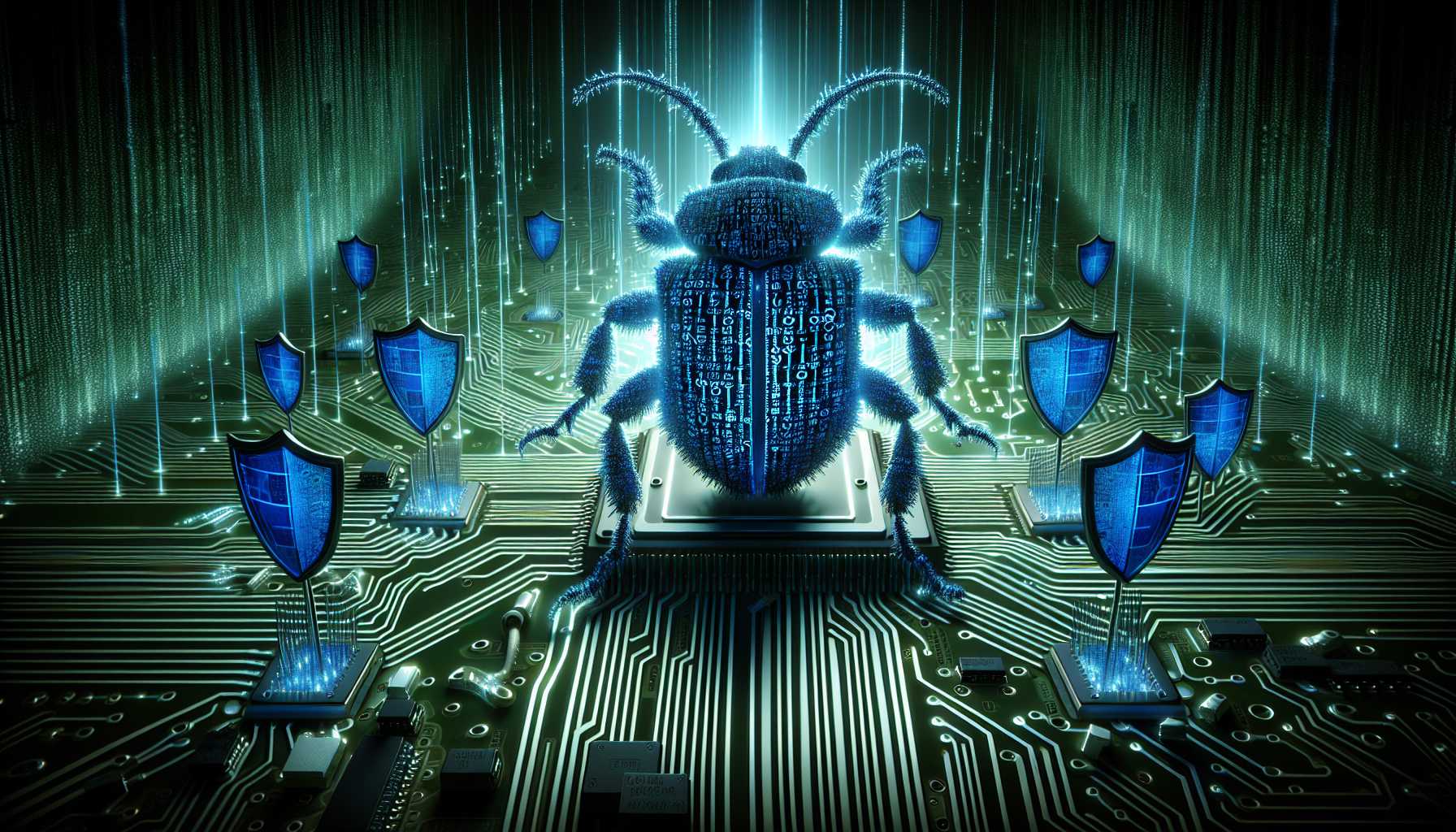Gadgets: The Next Big Thing or Just Hype?
Gadgets have been evolving at a breakneck pace, with every new release claiming to disrupt the tech space as we know it. One of the latest contenders vying for the title of the “next big thing” is the Humane AI Pin—a device that promises to rid us of our screen addiction. But is this the dawn of a new era in technology or just another overhyped gimmick? Let’s unpack the tech world’s mixed reactions to this screenless wonder device.
The Humane AI Pin: A Promising Vision Marred by Technical Shortfalls
Ironically, the device designed to pry our eyes away from screens is bringing a lot of attention to itself, and unfortunately, not the good kind. The Humane AI Pin, envisioned by former Apple employees, adopts a novel concept: say goodbye to screens, and say hello to hand projections and voice commands. But the journey from concept to practical utility has been a rocky one, with the pin’s debut garnering less-than-stellar reviews.
As a product manager leader, often, the first version of a product is where we test the waters—a proverbial dipping of toes. Humane’s AI Pin, by the gist of it, appears to be floundering in shallow ends rather than diving into the depths of innovation. With concerns revolving around its sunlight-relegated visuals and finicky gesture controls, it’s clear that there’s significant room for improvement. Yes, the ability to translate languages in real-time or identify objects in your environment is cool, but not if it can’t be used reliably or moonlights as an unwanted hand warmer due to overheating.
Whispers from Across the Web: Echoes of User-Experience Woes
In the tech industry, we often extol the virtue of function over form, but Humane’s AI Pin is struggling on both fronts. The futuristic on-palm projections sound futuristic indeed, yet critics are unified in their assertions that daylight renders this feature almost useless. Then, there are the gestures—meant to be slick and intuitive, they’ve left users contorting their hands in a frustrating game of menu Twister.
However, let’s not write the obituary for the AI Pin just yet. The tech industry’s pavements are littered with the first iterations of devices that initially underwhelmed only to rise like a phoenix in subsequent versions. The overwhelming consensus among critics may be to bypass the device for now, but Humane’s vision of a hands-free, screenless future remains a tantalizing one. For the more patent among us, it would be wise to keep an eye on what the future holds for this audacious piece of tech.
TikTok’s Unlikely Star: Donghua Jinlong’s Glycine
In a delightful twist, TikTok has crowned an unlikely hero as its trendsetter—industrial-grade glycine from a Chinese chemical manufacturer, Donghua Jinlong. The utilitarian amino acid, generally hidden away in the vast landscape of industry and academia, has become the new TikTok darling. The origins of this eclectic fanfare? A meme. Simple, satirical, and strange enough to capture the imaginations of millions, we see here the power of TikTok’s algorithm and humor convergence playing out in real-time.
As a tech enthusiast, I can’t help but find joy in the unpredictable nature of viral content. It’s a potent reminder that regardless of all the analytics and targeted advertising, sometimes the best marketing strategy is simply the erratic whimsy of internet users. While it’s amusing to observe the memeification of an industrial product, it certainly presents an unprecedented case of a campaign that swerves away from TikTok’s usual fare. And let’s hope US politicians remain savvy enough to discern whimsy from subversive influence!
Slot Machine Gaming Goes Virtual: A Steep Learning Curve or an Easy Jackpot?
Online slot machines have transitioned from casino floors to computer screens, enticing beginners with virtual replicas of their bell-ringing physical counterparts. The allure of potential prizes and the simplicity of the game format attract many to take a digital spin. However, as with any form of gambling, there’s a right and wrong way to play. Understanding slots’ basics like reels, symbols, and paylines can save gamers from unnecessary losses—particularly the inexperienced.
The attempt to demystify these online money eaters for a beginner audience is commendable and aligns with the adage of looking before you leap. Yet, one cannot overlook the elephant in the room—the addictive nature of gambling, which carries its own set of risks and concerns. Gamers, grease up those lucky rabbits’ feet, but remember, the house always wins in the end.
A Super Upgrade: Nintendo Switch Online’s Retro Repository
Nintendo fans rejoice! The company known for its penchant for nostalgia is beefing up its Super Nintendo online offering with fresh, retro titles. While we all eagerly await the launch of Nintendo Switch 2, these additions are akin to comfort food for the gaming soul. The inclusion of previously Japan-only titles adds an exotic flair to the library, expanding horizons and providing a broader glimpse into the history of gaming. It’s a move that aligns with Nintendo’s continual commitment to celebrate its legacy while simultaneously whetting appetites for the company’s future endeavors.
Microsoft’s Cloud Gaming and Udio’s AI-Powered Music: A Tech Buffet
Microsoft isn’t resting on its laurels either. With updates streaming in for Xbox Cloud Gaming, the tech titan is inching closer to seamless gaming experiences across diverse platforms. This commitment to keeping the gaming experience evolutionary is quintessential Microsoft—ever-present in the forefront of innovation.
Then there’s Udio, stepping onto the stage with an AI-powered music program that boasts incredible results in under a minute. But this is where I raise an eyebrow—in an era where AI attempts to infiltrate the realm of art, the output’s authenticity and ‘soul’ come under heavy scrutiny. Can a program truly replace the authenticity of human-produced music? Or is this just another entry in the long line of tools that, while impressive, cannot mimic the human touch’s nuance and emotion? In the bid to automate art, the risk of losing the human creative flame to the code and algorithms of Silicon Valley looms large. The dark horse of the race may be Udio with its backing by industry giants, promising to harmonize AI and creativity. Yet, we must pace our excitement with caution. For every masterstroke, there might lie a cacophony waiting in the wings.
The Unpatchable Legacy: Intel and Lenovo’s Firmware Woes
In tech, obsolescence is an adversary as formidable as any. A recently surfaced unpatchable bug that affects products from Intel and Lenovo—no longer in the update cycle—has rekindled the debate about lifecycle management in tech products. While this particular bug might not be the security apocalypse it’s framed as, it’s a stark reminder of the urgent need for sustainable, long-term approaches to product security. No device should be left behind, especially as our reliance on tech deepens.
Tech trends ebb and flow, but the fundamental craving for innovation remains insatiable. As we let go of the lever on the slot machine of devices and services, luck aside, one truth resonates—the quest for the next breakthrough gadget is perpetual







